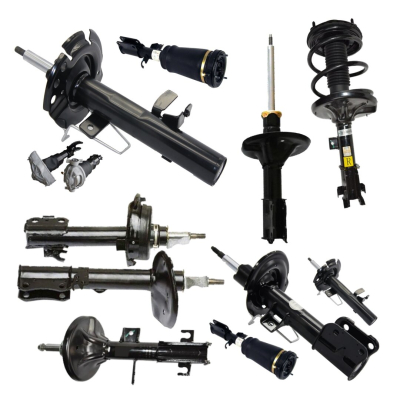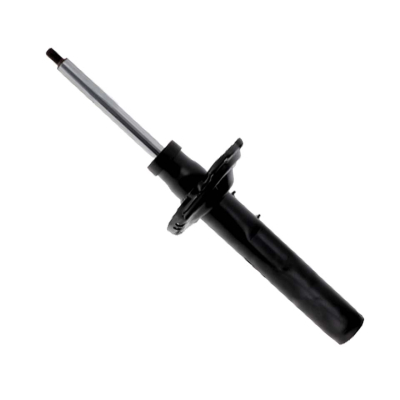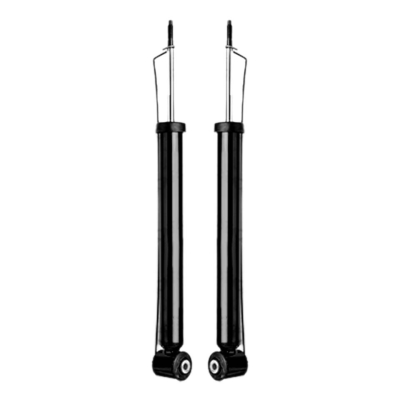Aluminum alloy forging
Background technique:
In the existing technology, the processing of aluminum alloy workpieces includes forging and casting, and casting methods include gravity casting and low-pressure casting. However, with the continuous development of aluminum alloy technology, the gravity casting method has basically been eliminated by the market, and some higher-quality Molding methods are being widely used. In addition to the gravity casting molding method, low-pressure casting is also a commonly used method for aluminum alloy molding. The low-pressure casting method applies pressure during the molding process. After the aluminum alloy is melted in the mold, it is exposed to the action of external pressure. The flow fills the entire mold, and at the same time, the aluminum alloy completes solidification and crystallization under the action of external pressure. Under the same conditions, compared with aluminum alloys produced by gravity casting, aluminum alloys produced by low-pressure casting have a denser structure and better mechanical properties. In addition, when the low-pressure casting molding method is used to produce aluminum alloys, the structure of the pouring structure is greatly optimized, and the recovery rate of aluminum alloy liquid can reach 90%. The disadvantages of the low-pressure casting method are long casting time, long time for mold replacement, and high equipment costs. Low-pressure casting has become the preferred process for manufacturing aluminum alloys. Up to now, gravity casting has basically been used to produce aluminum alloys, and low-pressure casting has been widely used.






